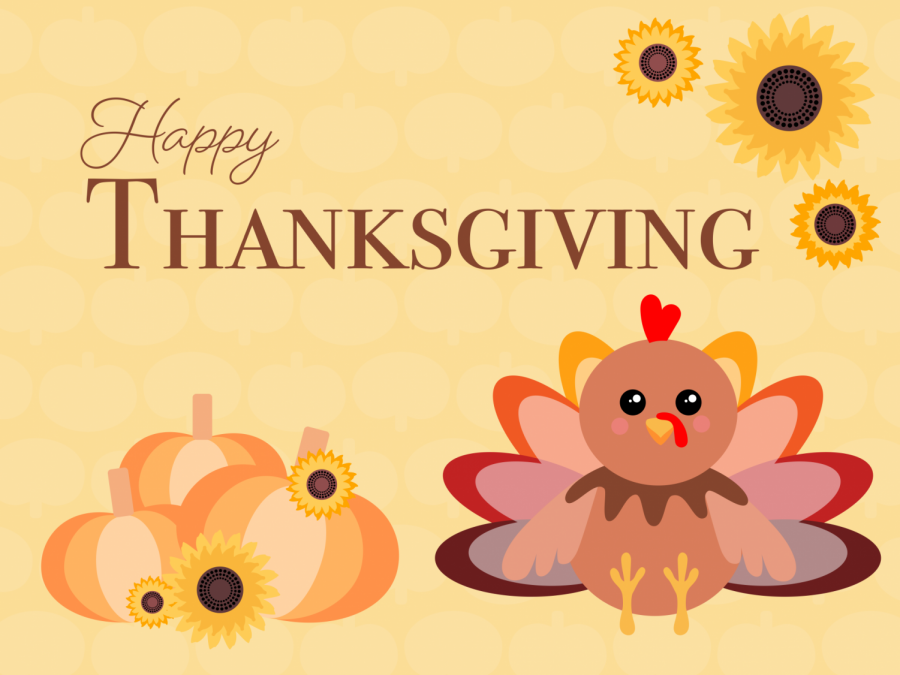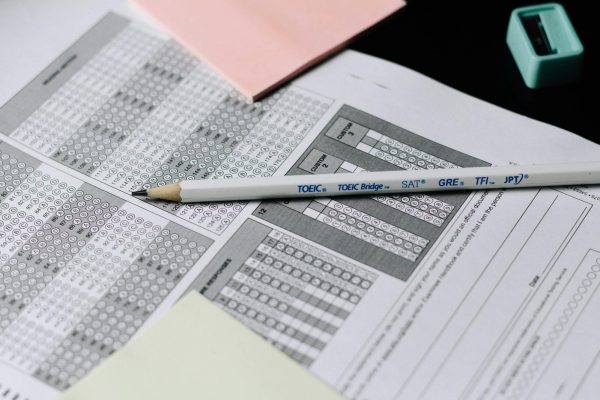The Art of Gratitude
Thanksgiving, by its namesake, is a holiday to give thanks. Just as Native Americans and the Pilgrims offered gratitude for peace and a bountiful harvest, we too traditionally offer thanks before we cut into the turkey and pumpkin pie. But, there is an art to gratitude. It turns out that expressing gratitude can be practiced every day of the year to support our well-being, build strong relationships, and promote our mental health.
Expressing gratitude takes intention and time. We have to set aside mental space and create opportunities to reflect. Regardless of the focus of our gratitude, it is a skill that can be developed until it becomes second nature. And, the rewards are significant. It helps us see life through an optimistic lens. Focusing and later valuing the things that we might not recognize at first will eventually bring realization to the amount of gratefulness we can convey. John Milton, an English poet of intellect and wisdom has said that “Gratitude bestows reverence, allowing us to encounter everyday epiphanies, those transcendent moments of awe that change forever how we experience life and the world.” Gratitude can correspond with mentality and improve our overall mental health. Infusing gratitude into relationships allows us to appreciate the people in our lives and helps strengthen our bonds with one another. With time and purpose, the art of gratitude can augment the joy of the life we are given.
Rather than searching for the next best thing or the next success to make us happier, gratitude turns the spotlight of our attention onto what we already possess. Like any new skill, getting into the habit of gratitude can feel forced and unnatural. But with practice, the benefits in our overall well-being will reinforce this fine art. So, during this holiday, enjoy all the festivity and joy the season brings, but allow space for a new habit to be cultivated; one that naturally gives thanks for a regular Monday, an ordinary Thursday, and the end-to-a-long-week Friday.

Emmy is a senior and a second-year member of the Crimsonian staff. She participates in cross country, track, chamber orchestra, pit orchestra, and NHS....






